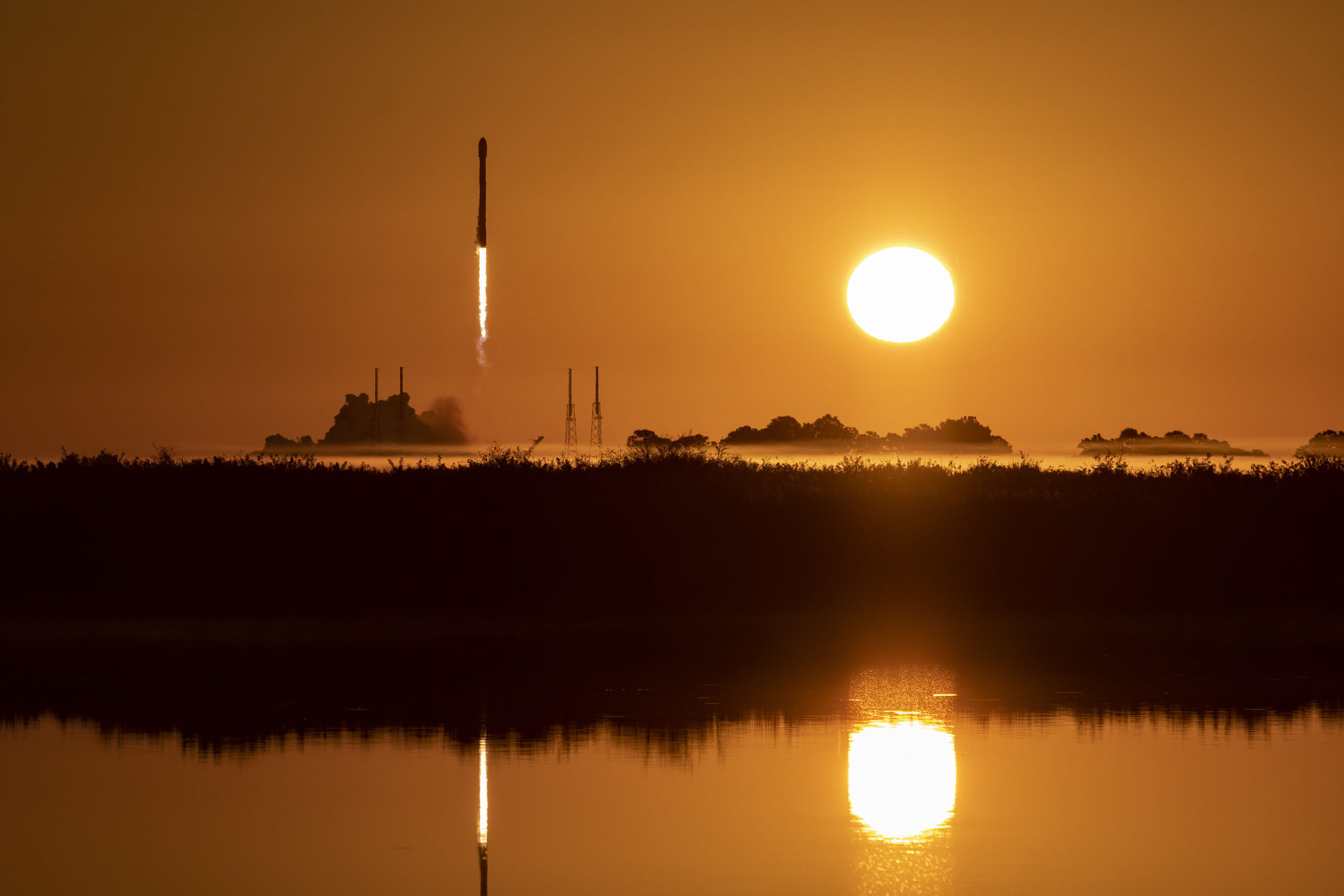Latest News

SpaceX launches GPS III SV06 to orbit in January 2023. Photo: US Space Force
The U.S. Space Force’s Space Systems Command (SSC) has assigned 12 National Security Space Launch (NSSL) missions to SpaceX and United Launch Alliance (ULA) — six for each provider — under the fiscal 2023 NSSL Phase 2 Launch Service Procurement contract, SSC said on June.
Under SSC’s newly announced assignments, SpaceX’s Falcon 9 rockets will launch three Low-Earth Orbit (LEO) satellites from the western range at Vandenberg Space Force Base, California, for the Space Development Agency’s (SDA) Tranche 1 Transport Layer, one from Vandenberg for the SDA’s Tranche 1 Tracking Layer, and one satellite for the “classified” USSF-31 mission from the eastern range at Cape Canaveral, Florida.
ULA will use its Vulcan Centaur rockets for two National Reconnaissance Office (NRO) missions — NROL-64 from Cape Canaveral and NROL-83 from Vandenberg; a Global Positioning System III launch from Cape Canaveral, the “classified” USSF-114 mission from Vandenberg, and two SDA Tranche 1 Tracking Layer launches from Vandenberg.
“The Space Force’s formidable record of 97 consecutive successful NSSL launches to date is one of the most effective tools we can employ to face the pacing challenge,” Maj. Gen. Stephen Purdy, SSC’s program executive officer for assured access to space, said in an SSC statement.
NSSL, now in Phase 2, is to ensure launch-on-need for national security satellites, while the Department of the Air Force’s Rocket Systems Launch Program (RSLP) for SDA explores the benefits of small, experimental payloads.
In fiscal 2024, Space Force requests $3 billion for 15 launches — 10 with NSSL contractors SpaceX and ULA and five with RSLP contractors ULA, SpaceX, Northrop Grumman, VOX Space, and Rocket Lab USA.
In August 2020, ULA and SpaceX beat out Northrop Grumman and Blue Origin for the second phase of NSSL. Despite the loss, Blue Origin retains a stake in NSSL, as the company’s BE-4 engine is to power ULA’s Vulcan Centaur rockets for NSSL.
This article was first published by Via Satellite sister publication Defense Daily.
Stay connected and get ahead with the leading source of industry intel!
Subscribe Now